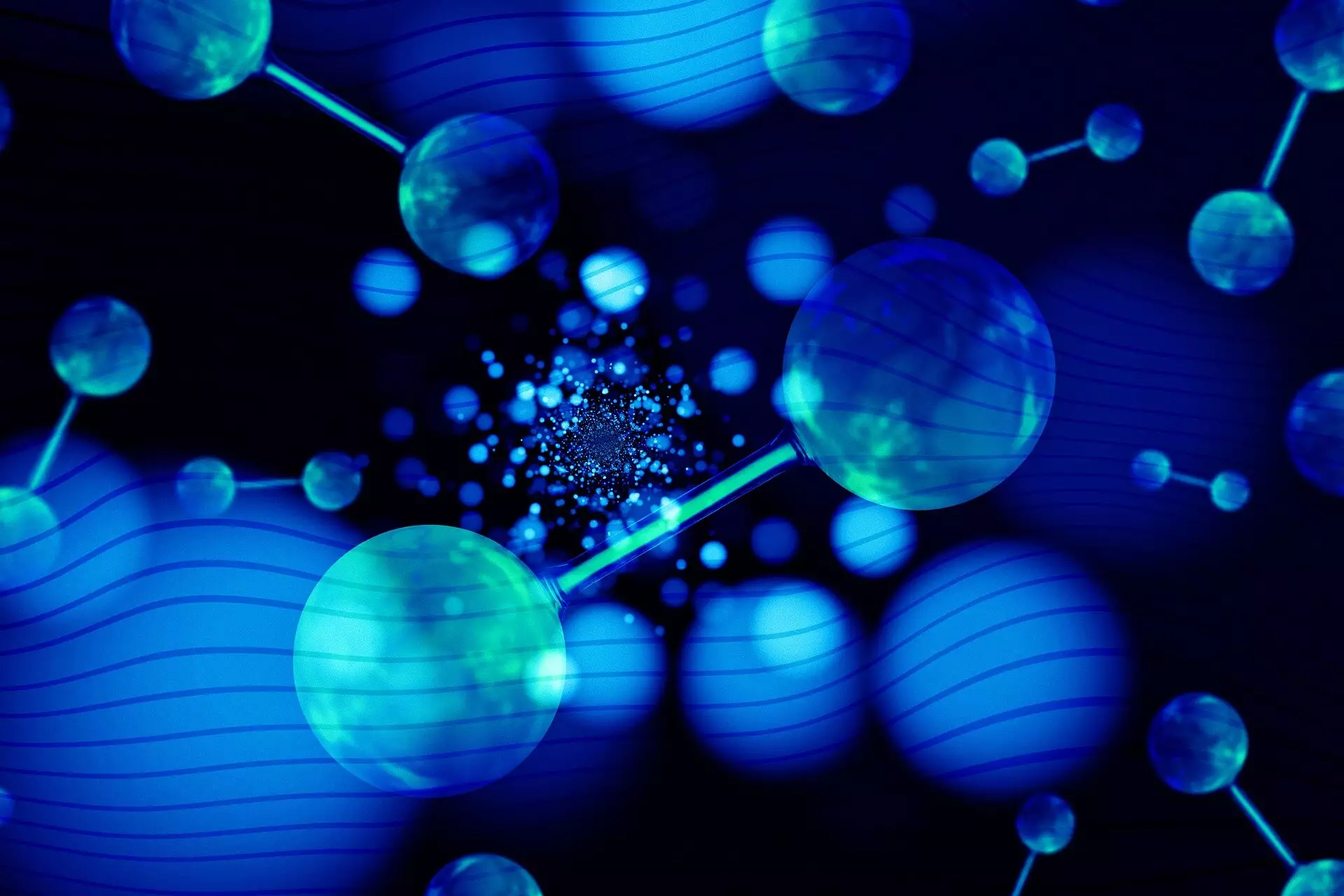In the ongoing search for sustainable energy solutions, hydrogen stands out as a promising candidate, heralded for its potential to replace fossil fuels. However, the incorporation of hydrogen into our infrastructures isn’t without risks. The phenomenon of hydrogen embrittlement, where metals become dangerously brittle in hydrogen-rich environments such as water, poses a critical barrier to the transition to a cleaner energy economy. This issue has troubled researchers since the mid-1800s, with many uncertainties surrounding its mechanisms and predictive factors.
Emerging from a recent study led by Dr. Mengying Liu of Washington and Lee University, insights into this longstanding dilemma promise a transformative leap forward. Collaborating with a team from Texas A&M University, the researchers focused on the nickel-base alloy Inconel 725, recognized for its robust strength and resistance to corrosion. Their findings not only challenge existing theories but also provide a fresh perspective on how we might accurately predict hydrogen embrittlement and its devastating consequences on structural integrity.
Challenging Established Theories
One of the most notable theories on hydrogen embrittlement has been the concept of hydrogen enhanced localized plasticity (HELP). This theory posited that cracks formed at points of maximum localized plasticity, where the material undergoes irreversible deformation. However, Dr. Michael J. Demkowicz, a co-author and a prominent figure in materials science, revealed a captivating twist to this established narrative. The research team’s real-time analysis demonstrated that crack initiation occurred at locations that did not correspond to the areas of highest localized plasticity, fundamentally undermining the HELP hypothesis.
This breakthrough is monumental as it not only sheds light on the complexities of metal behavior in hydrogen environments but also acknowledges the unpredictable nature of crack formation. Dr. Demkowicz’s assertion that “ours is the first study that looks in real time to see where cracks initiate” opens a new door of understanding in materials science, granting researchers tools that were previously out of reach.
The Importance of Real-Time Analysis
Historically, investigations into hydrogen embrittlement required researchers to analyze specimens only after cracks appeared, by which time the very hydrogen responsible for the embrittlement had escaped, making the exploration of its mechanisms virtually impossible. The novel approach taken by Liu, Demkowicz, and their team—tracking the dynamic changes occurring during testing—addresses this critical gap in research methodologies. By observing the interactions in real-time, the study not only bolsters the understanding of metal failure processes but also provides a robust framework for future investigations into other materials that might face similar vulnerabilities.
Real-time observation thus emerges as a game-changing strategy, allowing scientists to glean insights that were previously concealed within the fabric of metallic materials. This shift in perspective could pave the way for enhanced engineering practices, ensuring that infrastructure can withstand the inevitable onset of hydrogen as a mainstream energy carrier.
A Vision for the Future Energy Economy
As the world pivots towards sustainable solutions, the impending transition to a hydrogen economy is not merely a possibility; it is imperative. The aging infrastructure currently built to support fossil fuels stands on the brink of obsolescence, threatening both operational reliability and safety. Therefore, equipping engineers and researchers with the means to accurately predict hydrogen embrittlement is crucial. Understanding how to preemptively identify weaknesses will be as vital as the clean energy transition itself.
The work conducted by Liu, Demkowicz, and their collaborators represents not just a step toward understanding hydrogen embrittlement but a broader commitment to ensuring that we do not replicate the mistakes of the past in our rush to innovate. By anticipating the challenges posed by hydrogen—an element both abundant and promising—we can strive to construct resilient infrastructures that can safely support a clean energy future.
In this landscape of uncertainty and potential, the collaboration between material scientists and engineers holds the key to sculpting a robust and durable energy system that is fit for the challenges of tomorrow. The revelations from this ongoing inquiry into hydrogen embrittlement could enable profound advancements, ushering in a new era of engineering excellence in response to the critical needs of a transitioning energy landscape.


Leave a Reply